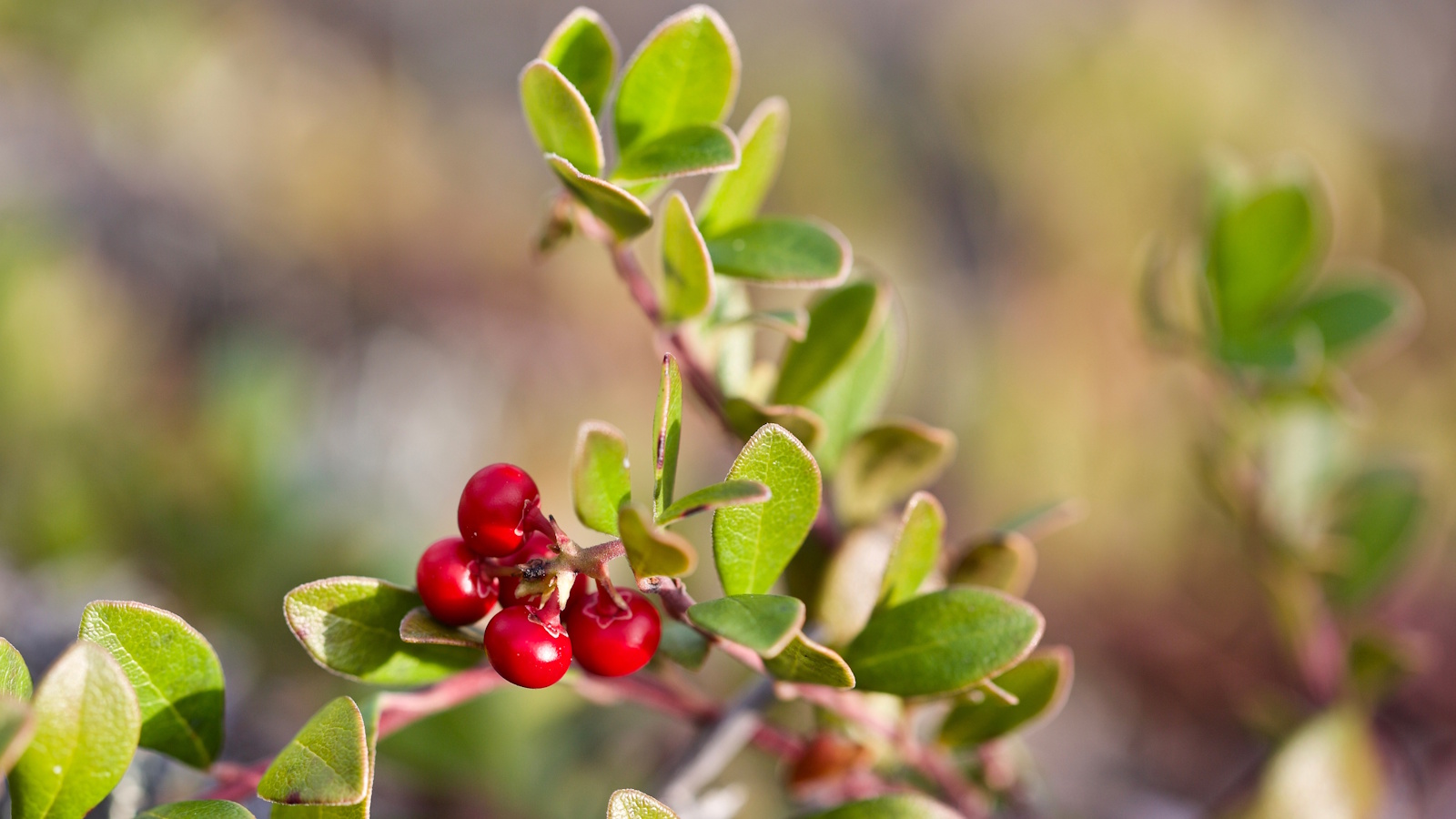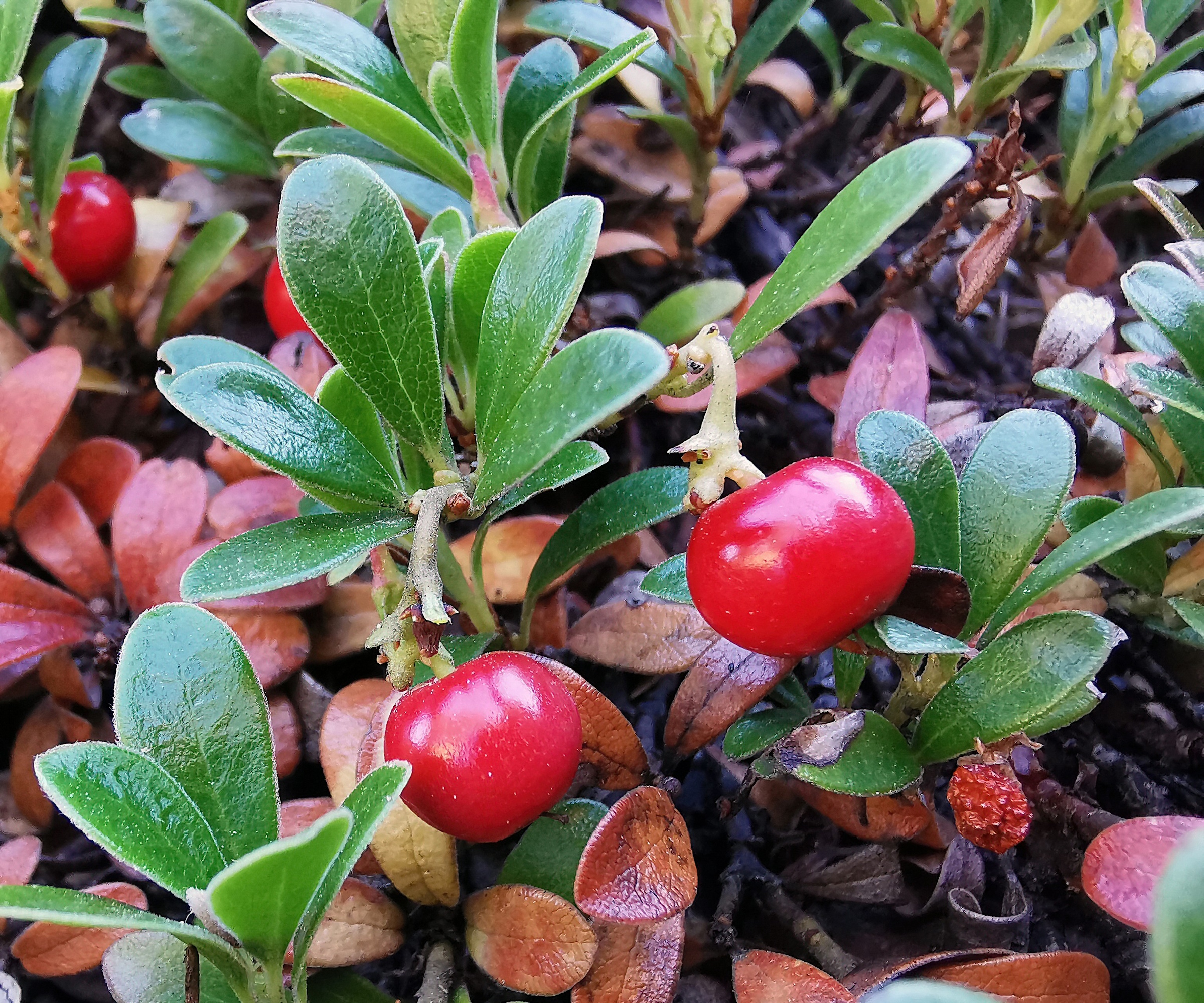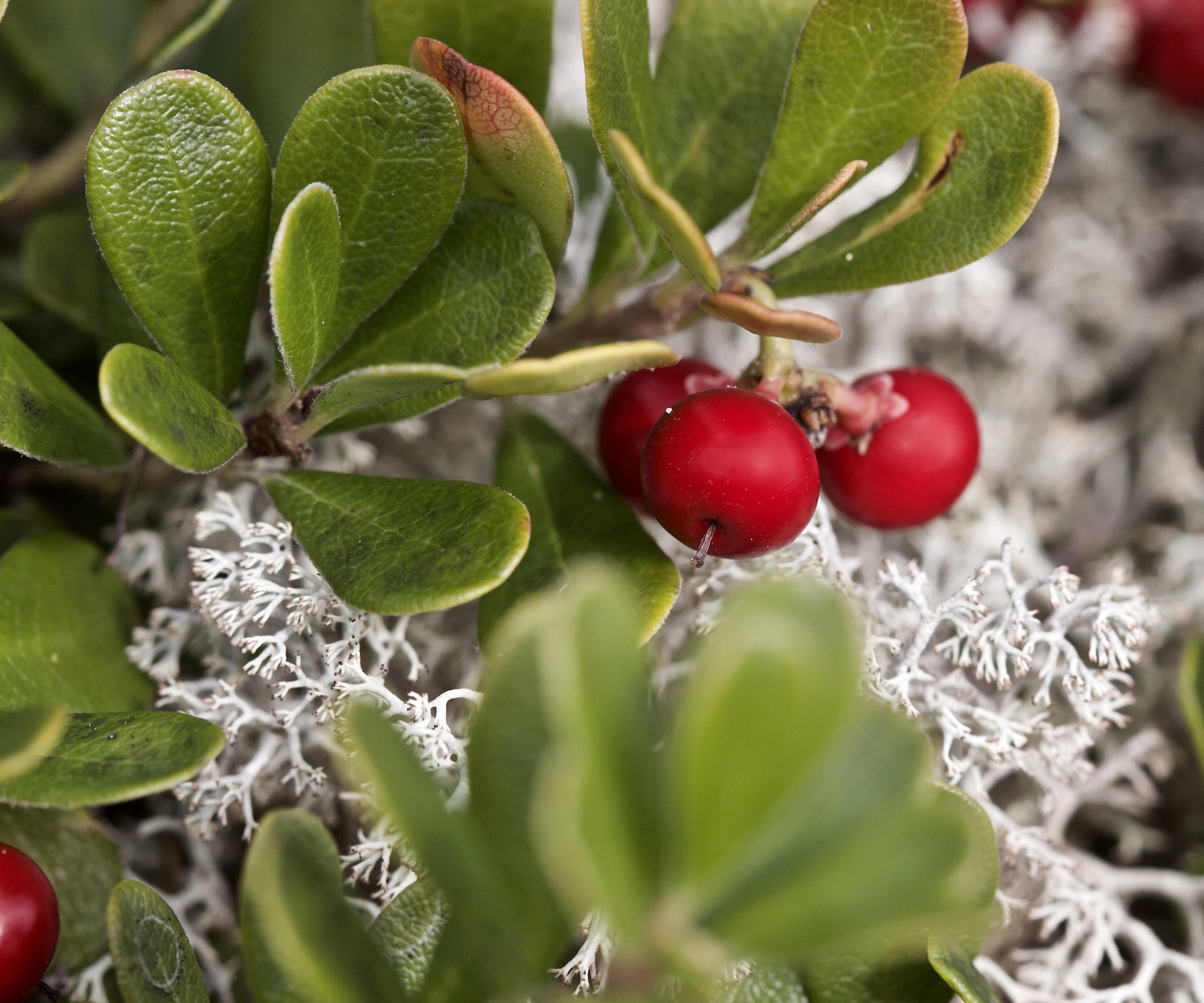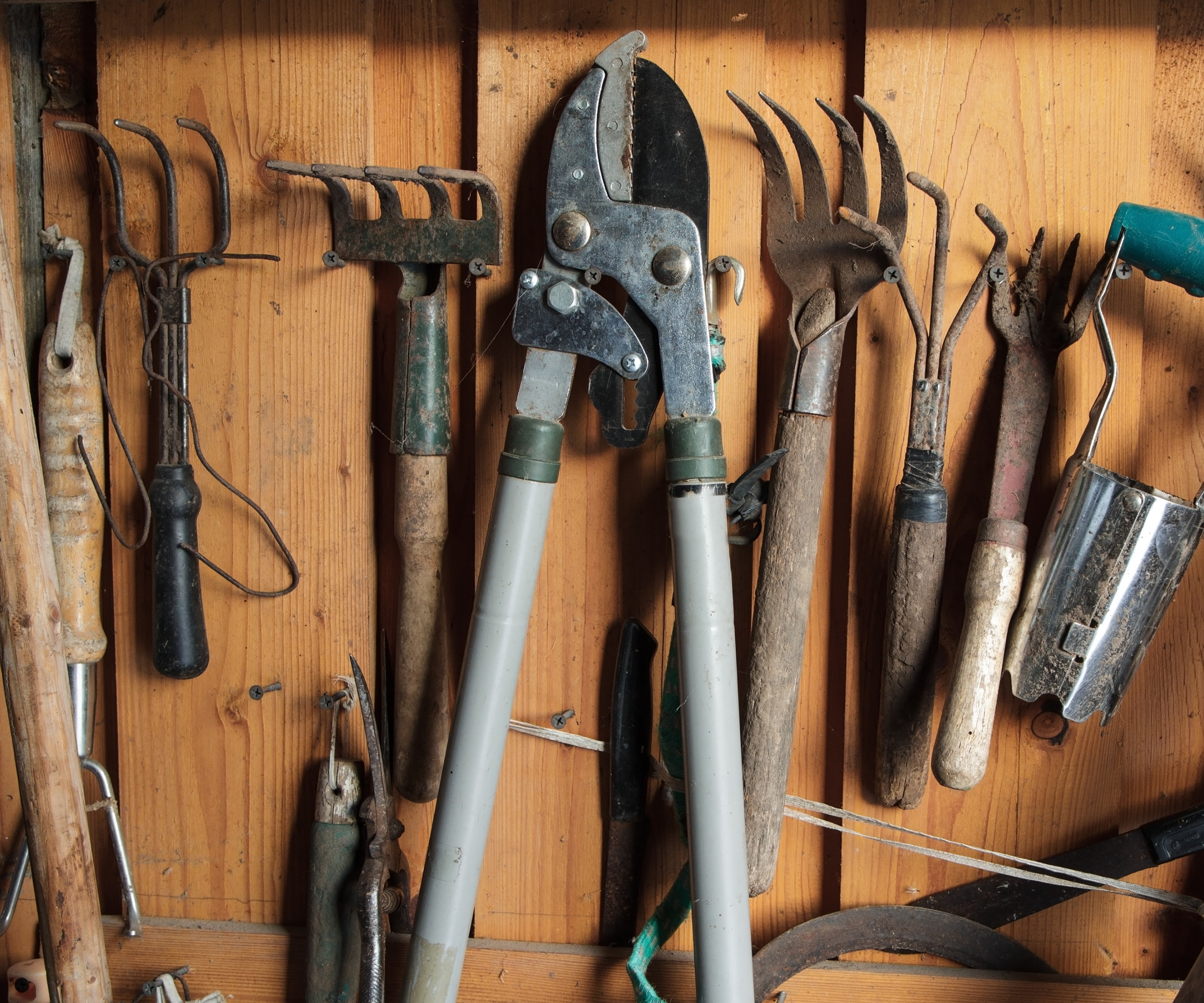
Bearberries, Arctostaphylos uva-ursi, are evergreen ground cover plants growing across much of Canada and the northern United States. From Alaska to New England, Michigan to South Dakota, this hardy low-growing shrub is native to cooler, boreal regions, tolerating extended periods where the temperature remains below zero.
Bearberries are members of the Ericaceae or heather plant family and produce charming little bell-like blooms in spring that become small red berries in the fall months. While the succulent-like evergreen foliage is incredibly useful for gardeners to cover beds and borders, these shiny fruits help to ease the transition to colder weather as the seasons change.
So, if you are looking for ground cover plants to stop weeds or perhaps you want evergreen ground cover plants to fill your yard with color at all times of the year, then bearberries should be a consideration. Here, one plant expert from Vermont shares all the information you need to learn how to grow bearberry plants.

How to grow bearberry
Bare patches of earth are unsightly and problematic, inviting weeds to establish but also suffering in the baking sun during summer, heavy rain in fall followed by frost and snow in the winter. So, if you have large swathes of bare earth in your yard, consider using native plants like bearberries that will suppress weeds and help bind the soil together to prevent soil erosion.
This bearberry live plant is fully rooted and can be planted immediately upon arrival either in the fall or the spring. With evergreen leaves, this low-growing plant will quickly cover your borders.
Growing habits of bearberry shrubs

'Native bearberry is a dense, attractive ground cover plant that will grow even in difficult spots in the garden,' says Tabar Gifford, plant expert and American Meadows master gardener.
'Bearberry tolerates poor soils and is also a deer-resistant plant, making it perfect for bare spots at the edge of the garden or along peripheral slopes,' Tabar adds. 'While it is a tough, hardy plant, it is also beautiful, producing dainty, pink-tinged flowers that bloom in spring. These small flowers are followed by bright red berries in summer and fall.'
This low-growing plant does not grow any taller than 12 inches and can be grown from US hardiness zones 2 to zone 6. 'It is native to the boreal regions of North America, Europe, and Asia,' Tabar continues, 'and has a long history of human use. For example, one of its most popular common names, Kinnikinnick, comes from an Algonquin term for 'smoking mixture', as it was used by Indigenous peoples instead of tobacco.'
Plant bearberry in the spring or fall months, providing space for them to settle and grow. 'One plant can eventually form a dense carpet up to six feet wide once established,' Tabar says, 'so make sure you give it plenty of room to spread.'
You can also grow these evergreen shrubs from seed. Bearberry seeds are available from Walmart. This is best done in the fall months, usually around October or November. Soak seeds in boiling water for 15 to 20 seconds before sowing them in containers. Place the trays in a cold frame or greenhouse over the winter and germination should take place in the spring.
Gardening advice for bearberries

Soil: Bearberry thrives in poor, rocky terrains, tending to grow best on slopes with well-draining soil. Here, it will help to provide a sloping ground cover and bind the soil. In general, however, this low-growing shrub is tolerant of most soils, including salty ground and rich, loamy earth. 'Avoid planting in yards with moisture-retentive clay soils, however, as it will not respond well to overly wet conditions,' Tabar says. Use a soil pH test kit, available from Walmart, to ascertain the pH of your yard. Bearberry prefers acidic soil, somewhere around the 5.0-5.5 mark, so if needed, learn how to make soil more acidic or simply apply an organic garden acidifier, available from Amazon.
Light: 'Bearberry forms a dense, attractive groundcover that is evergreen,' Tabar says. 'It prefers full sun but it can tolerate partial shade.' For the best results, provide as much sunshine as possible, particularly in cooler, northerly regions. Flower and fruit production will be much increased in sunny spots, and 'the dark green foliage should bronze in winter before greening up in spring.'
Watering: Bearberry plants can tolerate very dry soils once they are established, which is ideal if you are looking for drought-tolerant landscaping ideas. They should not need supplemental watering other than what they get from rainfall. However, that being said, it is best to water your shrubs during the first year after planting, encouraging them to bed down and settle in your yard.
Fertilizing: 'There is no need for fertilization when growing bearberry shrubs,' Tabar says. 'This species can survive in poor soils with little or no nutrients, so it is not necessary to apply any feed.'
Pruning: 'Bearberry plants are very low maintenance and do not require regular pruning,' Tabar continues. As they do not reach above 12 inches tall, you won't ever need to trim them for height, although snipping the ends of stems during late spring can help to encourage horizontal growth. Be warned, however, that pruning any stems with flowers on will sacrifice berries come summer and fall.
Toxicity: While bearberries are not considered poisonous to humans or animals, the fruits are best thought of as ornamental and should not be consumed. They contain hydroquinone which can be toxic when ingested in large quantities and cause nausea, so keep an eye on pets or children when the fruits appear in fall.
FAQs
Can bearberry be grown in warm, southern regions?
Prolonged heat, warmth and sunshine can be a problem for bearberry plants, which are far more comfortable in cooler, northern regions. In US hardiness zone 9 or 10, consider growing manzanitas, a popular evergreen shrub from California. With succulent-like leaves, this species will be far more comfortable with hot summers and can be pruned to form a low-growing hedge or ground cover.
Why is this plant called bearberry?
The rumor is that bears love the fruit that the plant produces in summer and fall, which they will happily feast on as they prepare for the cold winter months. Birds are also fans of these berries, including songbirds or migrating hummingbirds.
'If you are looking for wildlife garden ideas, bearberry is a good option,' Tabar adds. 'This shrub is the larval host plant for several species of butterflies including the Hoary Elfin, the Brown Elfin, and the Freija Fritillary,' meaning that come spring and summer, your yard could be supporting hundreds of bright and brilliant butterflies - and who wouldn't want that?
For more native plant inspiration, see our guide on how to grow lingonberries, for another low-growing evergreen that is found growing across North America.







